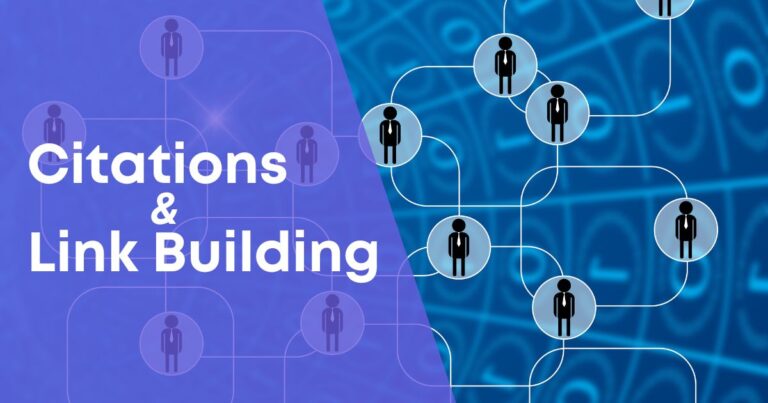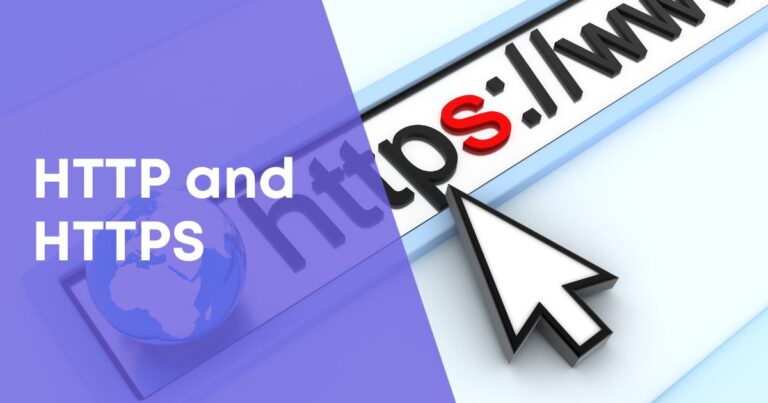404 Errors and How to Fix Them
A 404 error occurs when a user attempts to access a web page that the server cannot find. It is a standard HTTP response code indicating that the requested page or resource does not exist. Essentially, it’s the internet’s way of saying, “Sorry, I couldn’t find what you were looking for.”
Importance of Addressing 404 Errors for SEO: Addressing 404 errors is crucial for maintaining a healthy online presence. Search engines, such as Google, consider broken links and missing pages as a negative signal. When not rectified, 404 errors can adversely impact a website’s search engine rankings, leading to a potential loss of organic traffic.
Impact on User Experience: Beyond SEO, 404 errors significantly affect user experience. Imagine a visitor excitedly clicking on a link only to be met with an error message. It not only frustrates users but also tarnishes the credibility of a website. A seamless user experience is paramount for retaining visitors and encouraging repeat visits.
What Causes 404 Errors
- Broken Links: Broken links, often caused by mistyped URLs or site restructuring, are a common culprit. When users encounter these links, they are directed to a 404 page, disrupting the flow of navigation.
- Deleted Pages: If a page is removed or deleted without proper redirection, any links pointing to that page will result in a 404 error. Regular content updates and maintenance can help mitigate this issue.
- URL Changes: Changing the structure of URLs can lead to 404 errors if old links are not redirected to the new locations. Implementing proper redirects is essential during website restructuring.
How Search Engines Handle 404 Errors
Crawling and Indexing: Search engines continuously crawl the web to index content. When they encounter a 404 error, it signals that a page is missing, prompting a reevaluation of the website’s structure during the next crawl.
Impact on Search Rankings: Persistent 404 errors can adversely affect search rankings. Search engines may interpret them as a sign of neglect or outdated content, potentially lowering the overall ranking of the website.
Detecting 404 Errors
- Overview of GSC: Google Search Console (GSC) is a powerful tool that allows website owners to monitor and optimize their site’s presence in Google search results. It provides valuable insights into a site’s performance.
- Accessing Error Reports: Within GSC, users can access detailed error reports that highlight pages returning 404 errors. This information is invaluable for identifying and rectifying issues promptly.
- Monitoring User Behavior: Apart from GSC, general website analytics tools like Google Analytics can offer insights into user behavior when encountering 404 errors. Analyzing user paths and bounce rates helps understand the impact on user engagement and satisfaction. Regular monitoring and quick resolution of 404 errors contribute to an enhanced online experience and improved SEO performance.
Impact of 404 Errors on SEO
Search Engine Rankings: 404 errors have a direct impact on search engine rankings. When search engines encounter numerous broken links or missing pages, they interpret it as a sign of poor website maintenance. This can lead to a gradual decline in search rankings, affecting the overall visibility of the site in search engine results pages (SERPs).
User Trust and Experience: Beyond the technical implications, 404 errors erode user trust and diminish the overall experience. Visitors may question the reliability of a site that consistently presents them with dead ends. Trust is paramount in online interactions, and a website that fails to address 404 errors risks losing credibility and user loyalty.
Potential Revenue Loss: For businesses operating online, the impact of 404 errors extends to potential revenue loss. If users encounter difficulties accessing product pages or critical information due to broken links, they are more likely to abandon the site, leading to missed opportunities for conversions and transactions.
Tools and Resources
Google Search Console: Google Search Console remains a fundamental tool for identifying and resolving 404 errors. Regularly monitor the error reports within GSC to stay proactive in maintaining a healthy website.
Third-Party SEO Tools: Utilize third-party SEO tools, such as SEMrush or Ahrefs, to complement the insights provided by Google Search Console. These tools offer additional features and perspectives on website performance and error detection.
Website Crawlers: Leverage website crawlers like Screaming Frog or DeepCrawl to systematically analyze a website for broken links and 404 errors. These tools provide in-depth reports, facilitating a comprehensive approach to error resolution and prevention.
Best Practices for Handling 404 Errors
Custom 404 Pages:
- Design and Content: Create a custom 404 error page that aligns with your website’s design and tone. This page should apologize for the inconvenience, provide a brief explanation, and guide users back to the main navigation or a relevant section of the site.
- Including Navigation Links: A well-designed custom 404 page includes navigation links to key areas of the website. By offering alternative paths, users are less likely to leave the site immediately and more likely to explore other valuable content.
Redirects:
- 301 Redirects: Implement 301 redirects for permanently moved or replaced content. This signals to search engines that the content has moved to a new location, preserving SEO value and ensuring users are seamlessly redirected to the correct page.
- When to Use 302 Redirects: Reserve 302 redirects for temporary changes. Unlike the permanent redirection of a 301, a 302 redirect indicates a temporary move, preserving the original URL’s SEO attributes until the page is restored.
Updating Internal Links:
- Regular Link Audits: Conduct regular link audits to identify and update internal links pointing to outdated or non-existent pages. This proactive approach prevents the accumulation of 404 errors over time.
- Implementing Proper Redirects: When updating internal links or restructuring the website, implement proper redirects to ensure a seamless transition for users and maintain SEO integrity.







